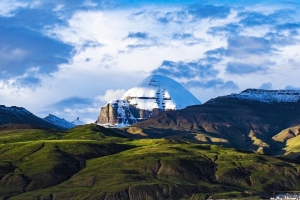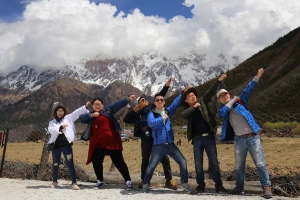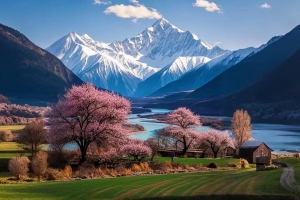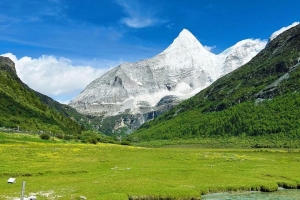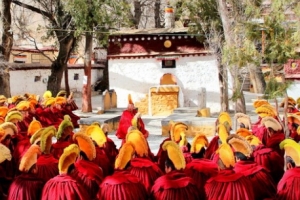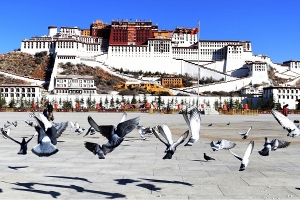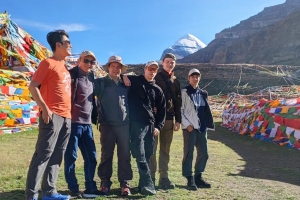In Tibet, death is seen not as an end, but as part of life’s ongoing cycle. Sky burial, a traditional practice in Tibetan regions, reflects deep spiritual beliefs about rebirth and giving. For Tibetans, offering the body to vultures is a final act of compassion. To outsiders, it may seem mysterious — but it must be approached with respect and understanding.
Cultural Roots of Sky Burial
In Tibetan, sky burial is known as Bya gtor (བྱ་གཏོར།), meaning “offering to birds.” It is based on the Buddhist concept of reincarnation: the body is merely a temporary vessel for the soul, and death is the beginning of a new life. By offering the body to vultures — seen by burial masters as “messengers of the gods” — one fulfills a final act of selflessness, symbolizing detachment from the ego and the completion of a final offering.
This tradition is widely practiced across Tibet Autonomous Region as well as Tibetan communities in Qinghai, Sichuan, and Gansu. Notable sky burial sites include Pabongka and Sera Monastery in Lhasa, and Gyantse near Shigatse.
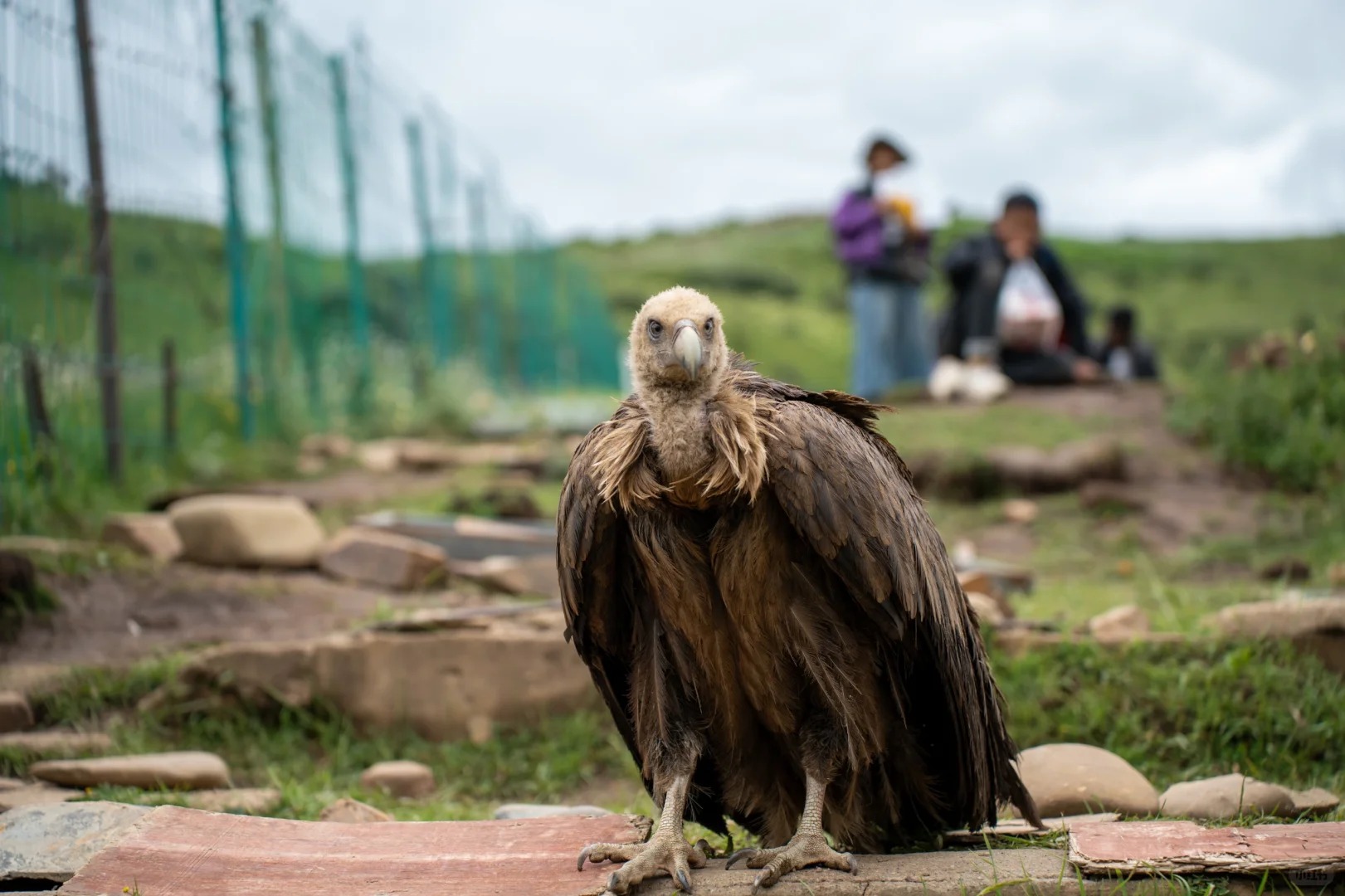
Vultures at the Sky Burial Platform
The Sky Burial Ceremony
Sky burials typically take place within one or two days after death. The family invites a sky burial master to lead the ceremony, chanting scriptures to help guide the soul to its next rebirth. The ritual is usually conducted early in the morning at designated burial grounds, often located on remote hillsides far from villages.
During the ceremony, the body is ritually disassembled and offered to vultures. If the vultures consume the body completely, it is considered a good omen, suggesting the deceased had little karmic burden and may be reborn favorably. If remains are left, it may be viewed as an unfortunate sign. Family members usually do not attend the ceremony, entrusting prayers and rites to monks and the burial master.
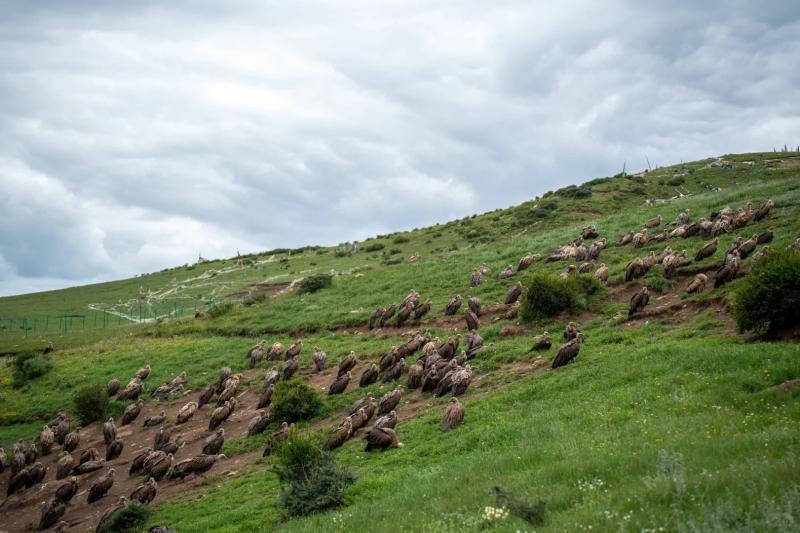
Important Taboos for Tourists
Although some sky burial sites are located near tourist routes, sky burial is not a spectacle. It is a sacred religious rite, deserving of the highest respect. Travelers should keep the following in mind:
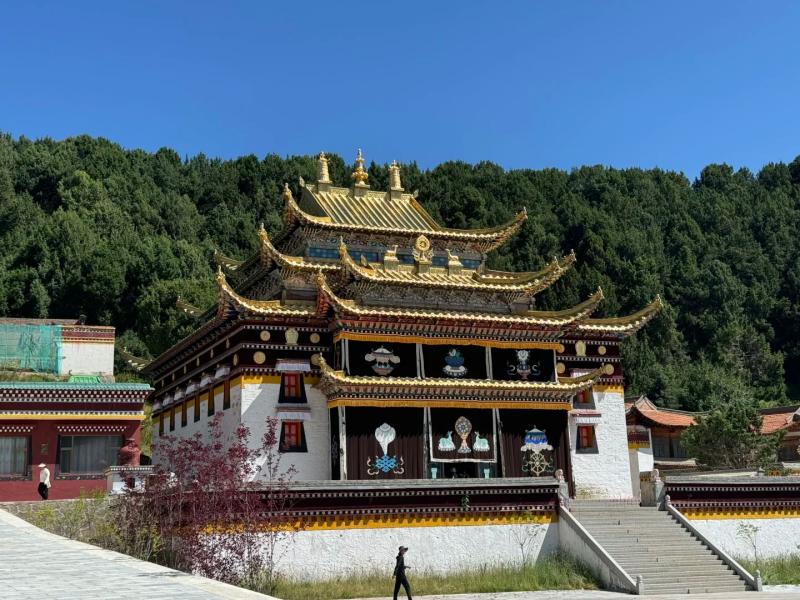
Langmusi Temple in Gannan, the sacred sky burial platform
- Do Not Enter Sky Burial Sites Without Permission
Sky burial grounds are often unmarked and located in remote areas. Without a local guide, it is strongly advised not to approach. Unauthorized entry can violate local laws and deeply offend Tibetan communities. - Absolutely No Photography or Videography
Even from a distance, using drones, zoom lenses, or other equipment to photograph or film the ritual is considered highly disrespectful. It is a serious affront to both the deceased and the grieving community, and can cause anger or conflict. - Avoid Casual Discussion of the Burial Process
Never speak about the details of sky burial with local Tibetans in a curious or sensational manner. Treat their beliefs with the same respect you would wish for your own. Curiosity should never override cultural sensitivity. - Do Not Watch or Linger Near the Ceremony
If you happen to come across a sky burial in progress, leave the area immediately. Do not observe, make noise, or attempt to use binoculars or cameras. Your presence can disturb the ritual and cause great distress to the family and community.
A Different Understanding of Life and Death
To the modern eye, sky burial may appear mysterious or even unsettling. But for Tibetans, it is a deeply natural and dignified way of returning to the earth. It serves as a reminder that life comes from nature and returns to nature — and that death is not the end, but the beginning of another cycle.
To understand and respect sky burial is to open an important window into the soul of Tibetan culture.

